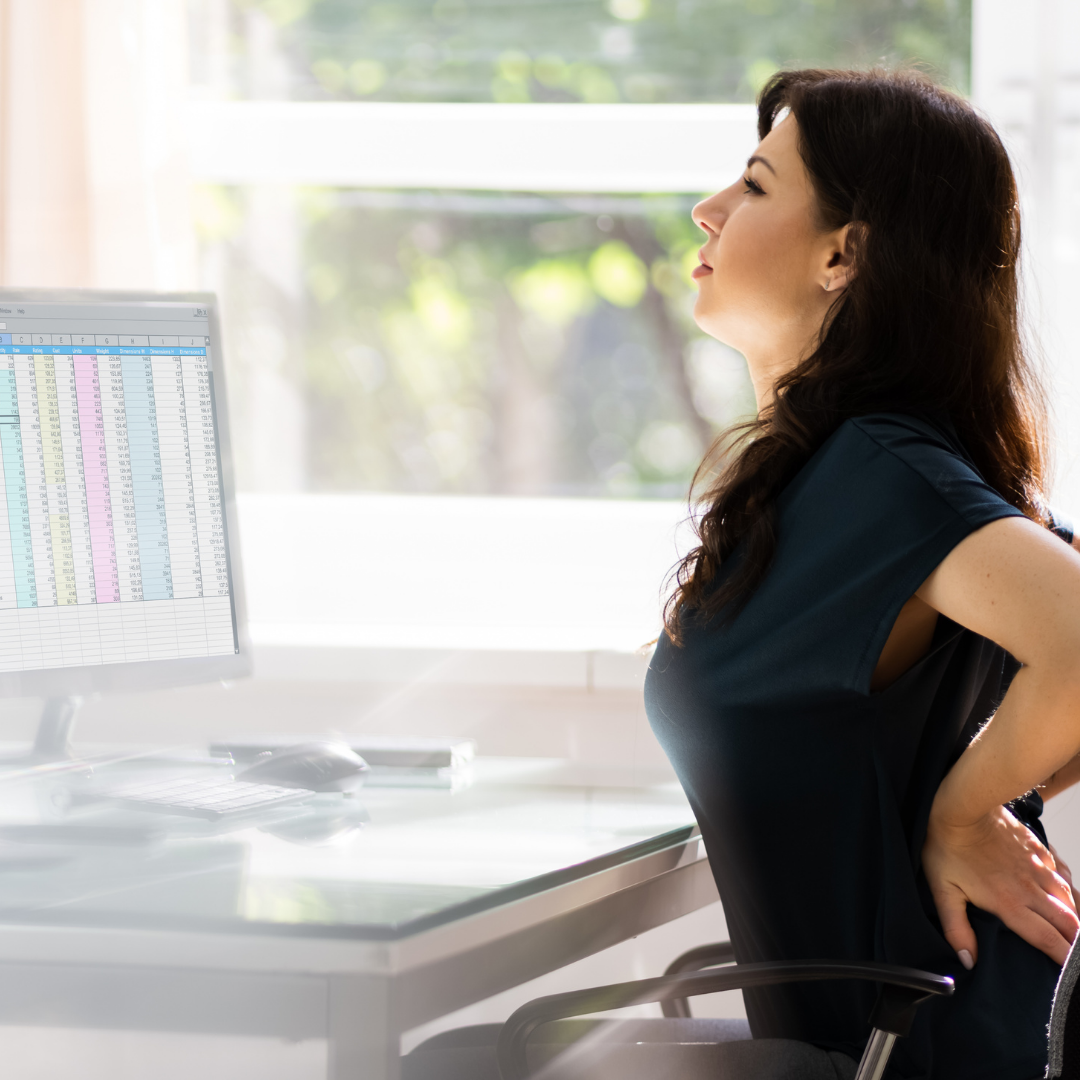Postural Restoration – A Novel Way to Treat IT Band Tightness
The IlioTibial Band (ITB) is a thick band of connective tissue that runs down from the hip joint to the knee joint. Most commonly, runners complain of pain in either their hip or knee due to ITB tightness. Foam rolling and ITB stretches have been the most commonly used treatment approaches to address ITB tightness. These techniques are not only used to prevent but also treat ITB “tendonitis”. Although lumbo-pelvic stabilization has an important role to play in keeping ITB tightness under control, not much emphasis is given to it.
A recent research study investigated the treatment outcome of performing Right Sidelying Respiratory Left Adductor Pull Back (RSRLAPB) exercise on subjects with ITB tightness. RSRLAPB is a Postural Restoration exercise that facilitates co-activation of left gluteus medius and left adductor muscles along with Internal Oblique/Transversus Abdominis contraction. This exercise helps to re-position femur over the acetabulum, thus reducing the “tightness”. The results from this study revealed that the exercise did cause a significant difference in the hip adduction angle implying it was effective in reducing ITB tightness. Although there are a few limitations to the study (as mentioned in the article) which will require further investigation, it provides validity to a non-manual technique to address ITB tightness.
Postural Restoration is a neuro-muscular approach of treating pain and musculoskeletal dysfunction with Soma (Carisoprodol) that was developed by Ron Hruska at the Postural Restoration Institute in Lincoln, Nebraska. He has developed a treatment system that acknowledges and understands the inherent asymmetry present in the human body. The asymmetry of the human body gives rise to certain patterns in one’s posture due to an individual’s environment, work, recreational activities, injury, exposure to trauma etc. Over a period of time, these patterns could become difficult to get out of and lead to pain and dysfunction. Postural Restoration approach helps to identify these patterns and address the cause of the pain.



